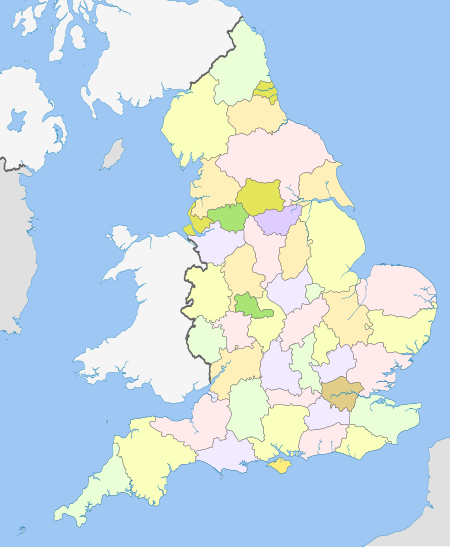England



- High Sheriff of Bedfordshire
- High Sheriff of Berkshire
- High Sheriff of Bristol
- High Sheriff of Buckinghamshire
- High Sheriff of Cambridgeshire
- High Sheriff of Cheshire
- High Sheriff of Cornwall
- High Sheriff of Cumbria
- High Sheriff of Derbyshire
- High Sheriff of Devon
- High Sheriff of Dorset
- High Sheriff of Durham
- High Sheriff of the East Riding of Yorkshire
- High Sheriff of East Sussex
- High Sheriff of Essex
- High Sheriff of Gloucestershire
- High Sheriff of Greater London
- High Sheriff of Greater Manchester
- High Sheriff of Hampshire
- High Sheriff of Herefordshire
- High Sheriff of Hertfordshire
- High Sheriff of Humberside
- High Sheriff of the Isle of Wight
- High Sheriff of Kent
- High Sheriff of Lancashire
- High Sheriff of Leicestershire
- High Sheriff of Lincolnshire
- High Sheriff of Merseyside
- High Sheriff of Norfolk
- High Sheriff of Northamptonshire
- High Sheriff of North Yorkshire
- High Sheriff of Northumberland
- High Sheriff of Nottinghamshire
- High Sheriff of Oxfordshire
- High Sheriff of Rutland
- High Sheriff of Shropshire
- High Sheriff of Somerset
- High Sheriff of South Yorkshire
- High Sheriff of Staffordshire
- High Sheriff of Suffolk
- High Sheriff of Surrey
- High Sheriff of Tyne and Wear
- High Sheriff of Warwickshire
- High Sheriff of the West Midlands
- High Sheriff of West Sussex
- High Sheriff of West Yorkshire
- High Sheriff of Wiltshire
- High Sheriff of Worcestershire
- High Sheriff of Yorkshire
Town sheriffs
Town sheriffs are maintained in some of the historic counties corporate.
- Sheriff of Berwick-upon-Tweed
- Sheriff of Canterbury
- Sheriff of Chester
- Sheriff of Gloucester
- Sheriff of Kingston upon Hull
- Sheriff of Lichfield
- Sheriff of Lincoln
- Sheriffs of the City of London
- Sheriff of Newcastle upon Tyne
- Sheriff of Nottingham
- Sheriff of Norwich
- Sheriff of Oxford [lower-alpha 1]
- Sheriff of Poole
- Sheriff of Southampton
- Sheriff of York


